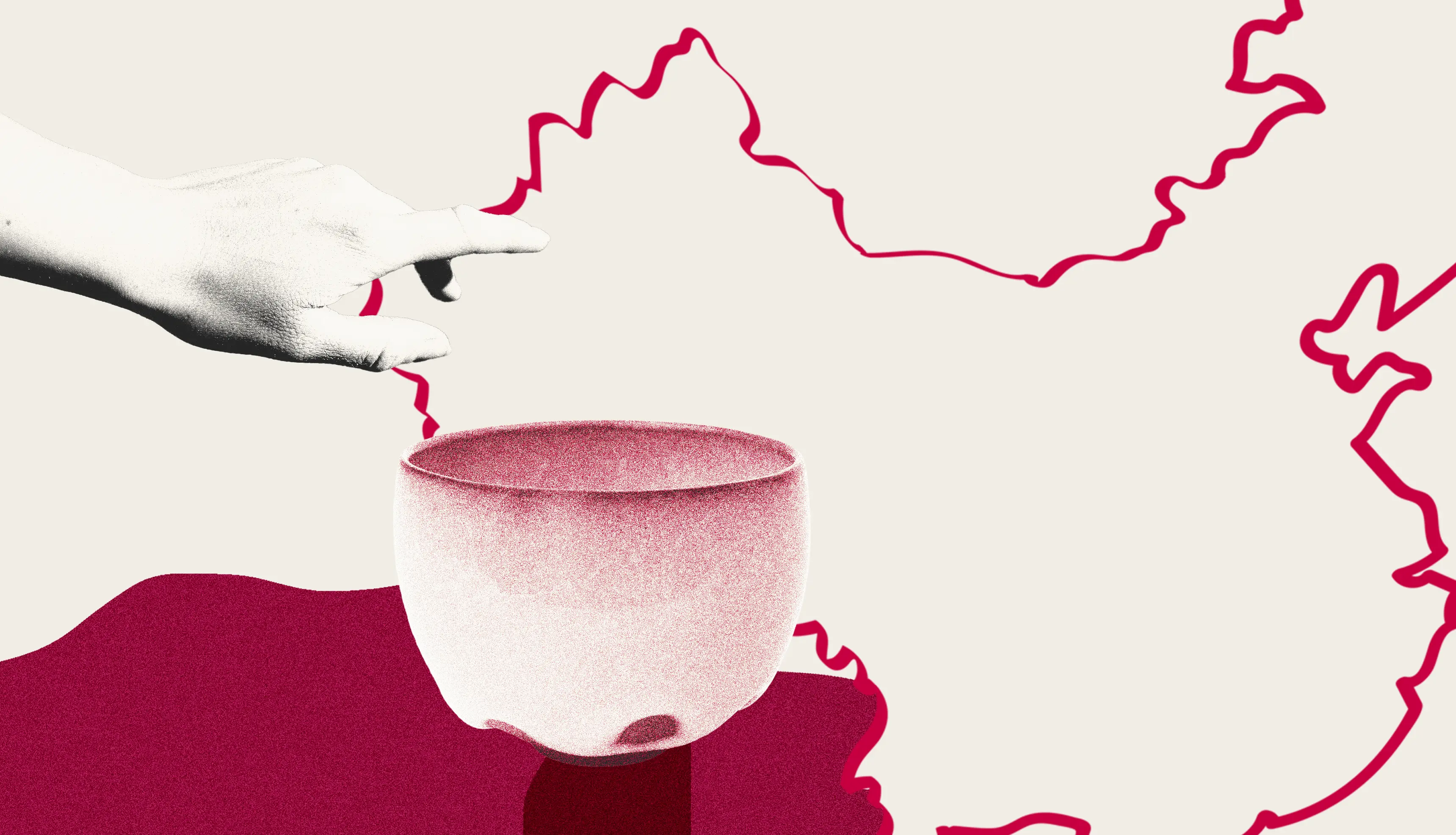What’s Really Behind the Transformation of Luxury Consumption in China?
In China, the concept of “luxury” is undergoing a radical transformation. Analysts have projected that by 2030, China will account for 25% of the global personal luxury goods market—surpassing the US and Europe—and some remain confident in that forecast despite the recent global luxury slowdown and a deceleration in the domestic market. However, the landscape is changing. Luxury in China is no longer rooted in the ostentatious displays of wealth that once defined consumer behaviour. Instead, a profound shift is underway: luxury today is increasingly defined by cultural identity, curated experiences, and technological innovation, reflecting a society in flux and a generation seeking more than material excess.
Luxury Trends in China 2025: What Gen Z and Millennials Value Most
From Status Symbols to Storytelling: Gen Z’s Luxury Shift
The days of logo-centric purchases are fading. For China’s Gen Z and millennials, who account 70% of luxury spending, value is found in experiences rather than logos. Travel exemplifies this shift: 62% of Gen Z tourists prioritise culinary and cultural immersion over traditional sightseeing (Oliver Wyman).
Luxury brands are responding by crafting narrative-driven experiences. Gucci’s “Ancora” exhibition, which amassed 1.5 billion views, and Ami’s Shanghai treasure hunt blend storytelling with exclusivity. Even pop-up stores, like Chanel’s installations, are no longer mere retail spaces but platforms for emotional engagement. As one Shanghai-based Gen Z consumer noted, “Luxury isn’t what you own—it’s the story you can tell.”
View this post on Instagram
Snapshots from Gucci Ancora campaign initiatives in China
A Cultural Revival: Chinese Aesthetics and Emotional Design
China’s luxury scene is experiencing a cultural awakening. Affluent consumers are increasingly rejecting Western-centric aesthetics in favour of designs infused with Chinese heritage and craftsmanship. Luxury interior brands are collaborating with local artisans to create “emotional spaces,” such as hand-painted silk wall panels or celadon-glazed ceramics that evoke a sense of spiritual belonging.
This cultural pride extends beyond products. Art fairs, private museum memberships, and VIP gallery tours have become the new status symbols. For China’s elite, luxury now lies in aesthetic fluency and access to exclusive cultural capital.
How AI and Phygital Retail Are Transforming Luxury in China
In a country where mobile payments dominate, technology is redefining luxury consumption. AI-driven beauty devices (Meitu), hybrid smartwatches (Tag Heuer), and immersive VR try-ons cater to a generation that seeks a seamless blend of tech and tradition.
View this post on Instagram
Red Bull Racing special edition of Connected Calubre E4 Smartwatch by Tag Heuer
Livestreamed fashion shows and gamified campaigns, such as Louis Vuitton’s virtual treasure hunts, merge entertainment with commerce, creating “phygital” experiences that resonate with digital natives.
Sustainability is also getting a tech upgrade. Apps like Plum and ZZER make it easy to buy and sell second-hand luxury items, appealing to Gen Z shoppers who seek both affordability, exclusivity and ethical alignment. As noted in Tencent’s 2024 Luxury Report, “Young Chinese want brands to be their lifestyle curators—smart, on-demand, and hyper-personalised.”
Smart Spending and Luxury: The Gen Z Balance
Despite their appetite for opulence, Chinese youth are pragmatic. “Youthification”—a blend of exclusivity and cost-effectiveness—is essential in their purchasing decisions. Gen Z splurges on limited-edition clothes but hunts for discounts via livestream sales. They crave personalised and exclusive products, while keeping the price point in mind.
From Wealth to Wellness: Health as China’s New Status Symbol
This mindset extends to wellness—a notable 41% of Chinese consumers plan to increase their spending on health-related products. Luxury gyms, such as Pure Fitness, offer AI-powered training programs, while high-net-worth individuals retreat to Tibetan wellness resorts for holistic healing. For China’s affluent class, luxury is as much about mental and physical well-being as it is about material indulgence.

Graphics by Alumna and Visual Designer Constanza Coscia
Winning Strategies for Luxury Brands in China’s Future Luxury Market
To thrive in China’s complex luxury ecosystem, brands must adopt a multi-dimensional approach:
Hyper-Localisation and Cultural Integration
Partner with domestic celebrities and integrate Chinese culture. During the Lunar New Year, limited-edition gift boxes tap into cultural nostalgia, authentically embracing tradition and sharing it with diverse global customer bases—avoiding stereotypical representations.
Experience Ecosystems and Immersive Retail
Move beyond traditional retail stores to build lifestyle hubs. For instance, Le Labo offers perfumery workshops, and Hermès conducts silk workshops, both of which provide immersive brand experiences that foster loyalty through personal connections. For high-net-worth clients, Bentley enhances exclusivity with bespoke car configurators and private test-drive events in the Gobi Desert.
View this post on Instagram
Highlights from Hermes' silk workshop based on Le Jaguar et Le Colibri shawl
AI-Driven Personalisation and Data Strategy
Use AI to analyse social media trends, offer tailored recommendations, and create an all-around lifestyle ecosystem. Predictive analytics, behavioural segmentation, and social media listening are central to building customer intimacy.
Storytelling Through Exclusivity and Limited Editions
Highlight initiatives like Gucci’s “Vault” platform for vintage pieces, which align with Gen Z’s desire to purchase items that are not only sustainable but also rare and culturally significant.
Tiered Marketing for Diverse Luxury Consumer Segments
Segment consumers meticulously: offer VIP customisation for high spenders, entry-level products for aspirational buyers, and utilise social media campaigns (e.g., Xiaohongshu influencer partnerships) to attract younger demographics.
Identity, Wellness, Discernment, and Smart Spending: What Matters to New Chinese Luxury Consumers
For Chinese consumers, luxury is a medium for self-expression and cultural pride. Affluent millennials and Gen Z prioritise:
Cultural Confidence and the Rise of Chinese Domestic Luxury Brands
Domestic brands like Shang Xia or Shu Shu Tong, infused with heritage, resonate as symbols of national confidence.
The Holistic Wellness Economy and Preventive Health Products
Forty-one per cent plan to increase their spending on health products, prioritising preventive care and premium wellness tech. This shift is evident in the popularity of AI-integrated wearables and health-focused luxury retreats.
Experiential Travel and Lifestyle Tourism in China
Post-pandemic, “lifestyle travel” combines wellness, culture, and exclusivity, a trend driven by Gen Z. This style of travel includes personalised retreats, local artisan tours, and culinary experiences.
Luxury Value and Functionality for a Pragmatic Generation
Smart spending defines this demographic. While exclusivity matters, functionality and value are non-negotiable for Gen Z consumers.

Graphics by Alumna and Visual Designer Constanza Coscia
How China’s Changing Luxury Ethos Reflects Broader Social Shifts
China’s redefined luxury ethos mirrors its societal evolution:
Made-in-China Luxury as an Expression of National Pride and Cultural Confidence
The rise of domestic brands like Shang Xia and Uma Wang signals a growing rejection of Western dominance. For young Chinese consumers, buying “Made in China” luxury is an act of national pride.
The Wellness Revolution
PoIn the aftermath of the pandemic, wellness has become a societal obsession. Luxury spas in Tibetan retreats and AI-powered health monitors showcase a nation prioritising holistic well-being.
AI, Accessibility and the Democratisation of Luxury
Livestream shopping is democratising access. Farmers in rural Yunnan can now purchase discounted Estée Lauder serums alongside Shanghai’s elite, blurring traditional class divides.
Conclusion – How Luxury Brands Can Stay Relevant with China’s Gen Z
In China, luxury is no longer a static commodity; it has evolved into a dynamic dialogue that balances heritage with innovation, individuality with collectivism, and indulgence with responsibility. The true strength of this market lies in its ability to adapt—transforming centuries-old craftsmanship into contemporary expressions and converting a smartphone app into a gateway for exclusive, curated experiences.
For brands, the message is clear: to connect with China’s new generation, luxury must be experienced rather than merely displayed. It should tell a story, honour a legacy, and promise a future where opulence is as much about inner value as it is about outward appearance. In this reimagined landscape, the ultimate luxury is not just owning something rare; it is also about becoming part of something meaningful.

